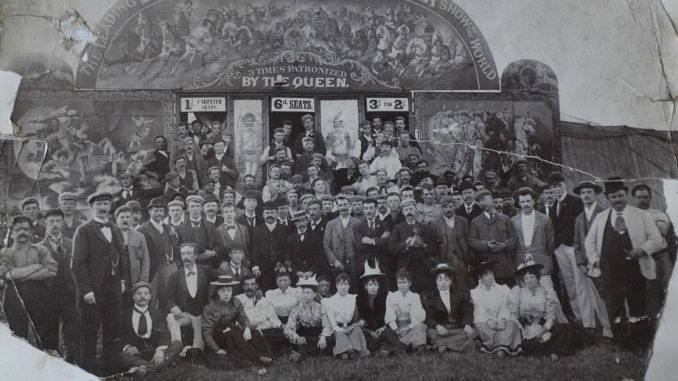
A rare collection of more than 150 images of the Lord George Sanger circus in the late 19th and early 20th centuries is to go under the hammer with Dominic Winter Auctioneers in Cirencester this week.
The Lot contains cabinet cards, large-format photographs and small snapshots, showing circus performers training, relaxing and travelling. There are also images of the animals from the shows including lions and horses.
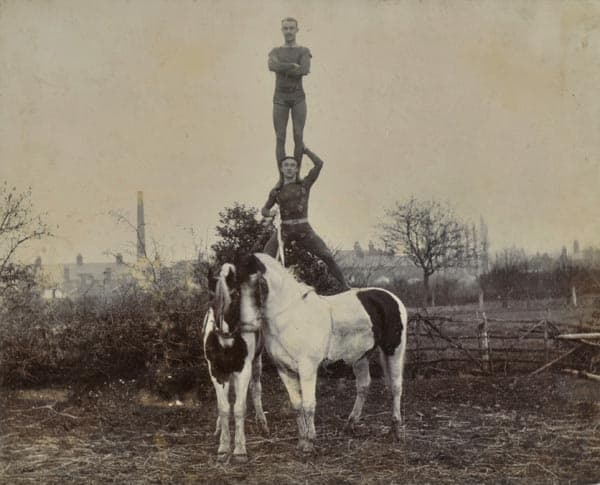
‘Lord’ George Sanger ran shows and circuses throughout much of the 19th century with his brother John.
He was also the founder of Dreamland amusement park predecessor Hall By The Sea in Margate after taking sole ownership of the site in 1875.
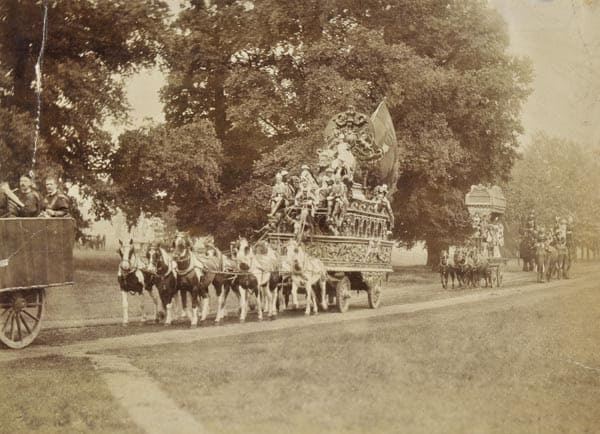
David Sanger (pictured below), Lord Sanger descendant and head of the Sanger’s travelling troupe which is the last horse-drawn show of its kind, says he believes the collection should be in Margate.

He said: “What an amazing show of pictures, I think these belong in Margate. Maybe Dreamland could send someone to the auction or maybe the Dreamland Trust or Margate Museum, If I had the money to buy them I would probably donate them to the museum or to Dreamland to display behind glass.
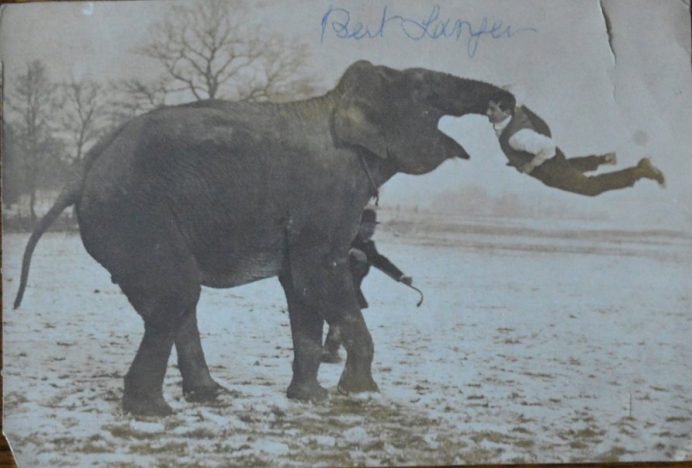
“I’ve seen a few of these before, a couple of them are really famous pictures. I didn’t realise the originals still existed.”
Auctioneer and Senior Valuer Chris Albury said: “It’s a very intriguing collection of images. There are about 150 pictures in total, from very small snapshots to postcard sizes and some larger. The condition is varied and I suspect these got handled and viewed a lot back in their day. There are some ballpoint pen identification marks to some of them which must have been written on post 1950s I’d think.”
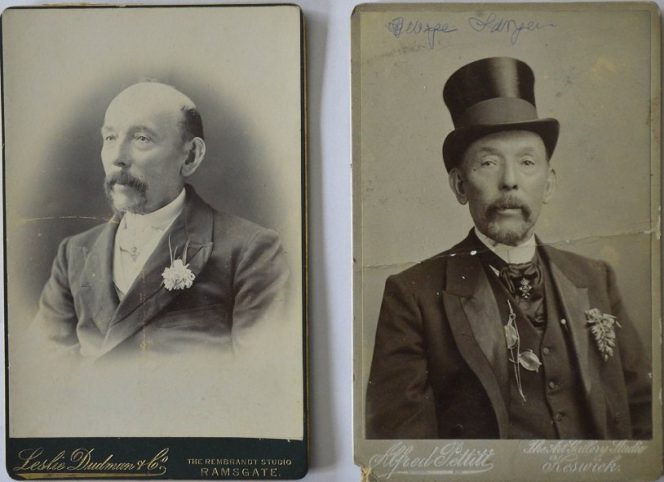
The Lot has an estimated sale price of between £700 and £1000. The collection will go to auction on Wednesday (October 4).
Who was Lord George Sanger?
Lord Sanger was an illiterate showman of vast business acumen and energy. The son of an itinerant showman, James Sanger whom, it is said served as a press-ganged sailor on Nelson’s ‘Victory’ at Trafalgar, it is claimed that George Sanger’s earliest shows featured a flotilla of miniature ships that fired tiny fireworks whilst being towed by goldfish!
Sanger, with his brother John, began a travelling circus which toured the United Kingdom. In 1849, he married the celebrated ‘Lion Queen’ Ellen Chapman. She would later appear in Sanger’s circus parade as Britannia, with a live lion at her feet.
Sanger ran the Hall By The Sea as a music hall and bar, with dances in the evenings, later opening a roller-skating arena to cater for the latest craze then sweeping the country. Installing 8000 square feet of maple flooring, and with daily demonstrations by one ‘Professor’ Chambers, named ‘the Skateorial King’, who schooled the more faint-hearted participants in the new art, the skating enterprise was a huge success.
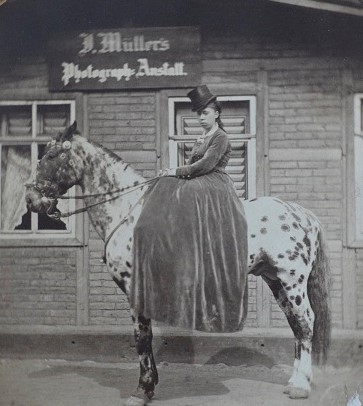
Sanger’s first enterprising act was to reduce the price of admission to the dancehall from five shillings to one, which resulted in a huge influx of attendees to the Hall-by-the-Sea. He then turned the land behind the Hall into an ornamental pleasure garden, complete with ‘ruined abbey’ folly, a lake, statuary and, most notably, a menagerie. Sanger’s principle motive for the opening of the zoo was as a breeding and training place for the animals he employed in the travelling circus and at Astley’s Amphitheatre in London’s Westminster Bridge Road, which he had taken over in 1871. He was credited as the instigator of the famous ‘Three-Ringed Circus’ concept, and introduced the first Wild West shows into England.
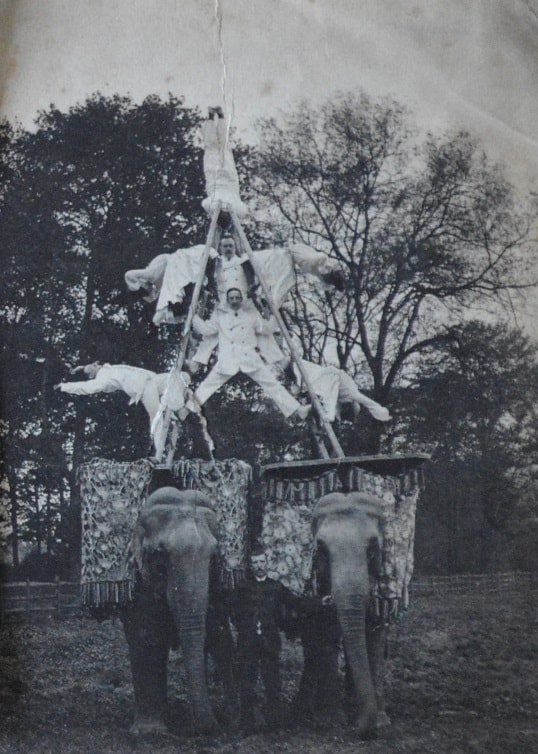
Sanger’s Hall-by-the-Sea Menagerie occupied the western half of the present Dreamland site. The railway embankment was remodelled into a series of terraces which featured walkways with trees, interspersed with copies of Roman statuary made from cement and painted to resemble marble. Against the western and southern boundary to the park, a wall was built which served to prevent views of the railway line that served the Margate terminus.
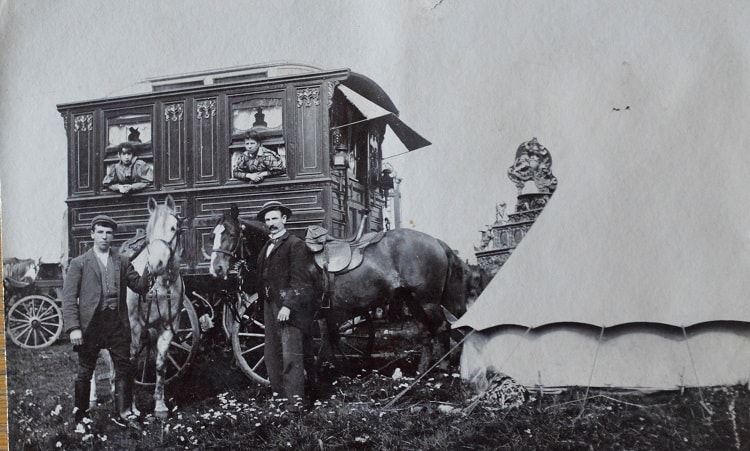
Against this wall, Sanger built the abbey folly, a groundsman’s cottage and three animal cages designed, it is said, to contain live bears. Sections of the wall, a small portion of the cottage and the cages were listed in 2009.
The cages, which date from the early 1870s, are an extremely rare survival from the Victorian era. The menagerie contained lions, tigers, baboons, leopards and wolves.
There was a slaughterhouse behind the main building which was screened by trees. The pleasure gardens contained a series of ornamental lakes, stocked with waterfowl. Tea gardens and refreshment kiosks were situated nearby, and there was also an area given over to amusements such as swing boats, roundabouts and an early waxwork show.
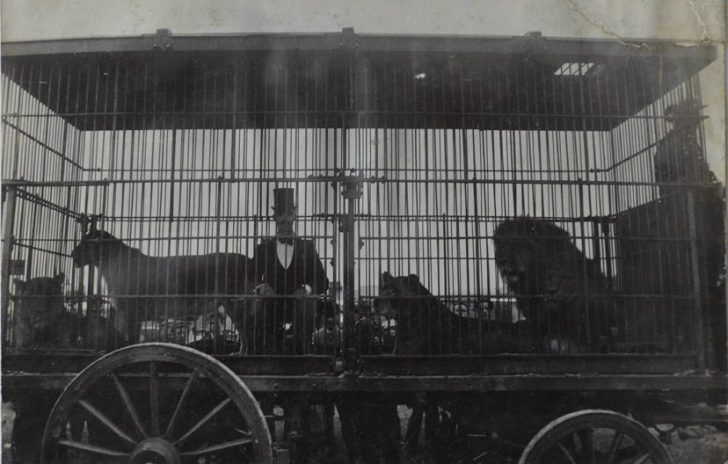
At night, the gardens were illuminated with hundreds of Chinese lanterns suspended from the trees, and there were regular firework displays to delight the nocturnal visitors.
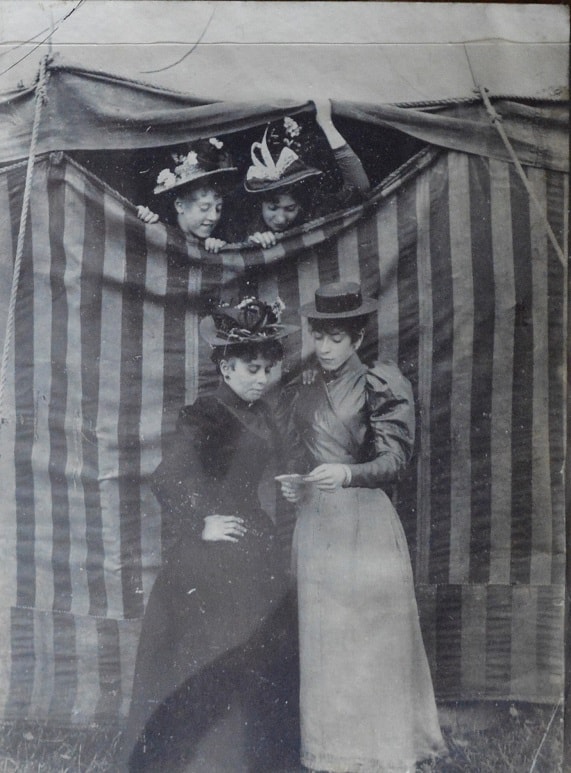
Sanger retired from business in 1905. He was murdered by a disgruntled employee in 1911.
HIs funeral cortege was as elaborate as his circus parades, and he is interred in an elaborate tomb in Margate cemetery, next to which is that of his brother John, which is crowned by an impressive marble Mazeppa stallion.
Find Dominic Winter Auctioneers here
(Lord Sanger details with thanks from Dreamland, Ramsgate History, Margate History and Virtual Victorian blogspot)

